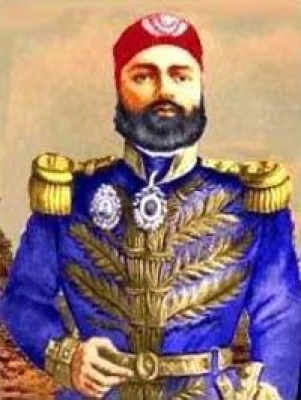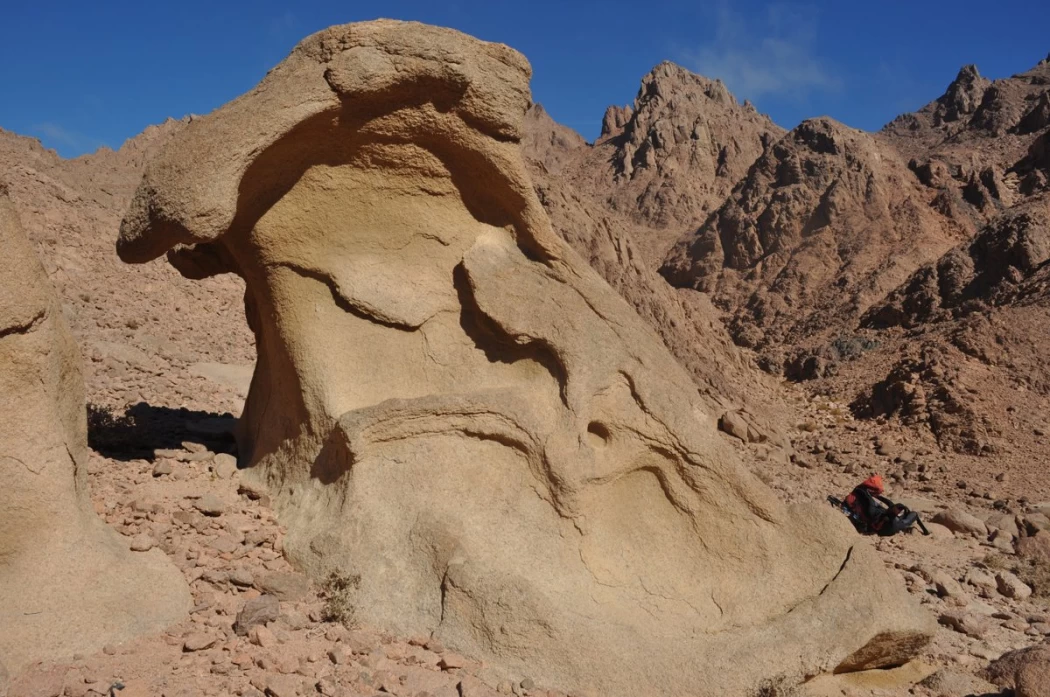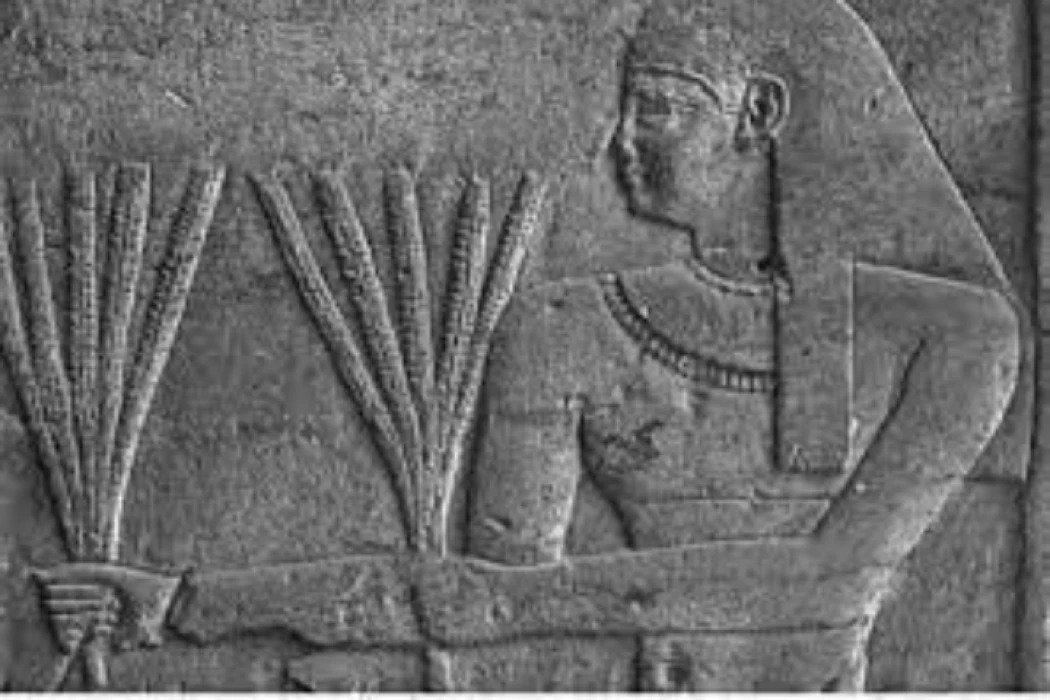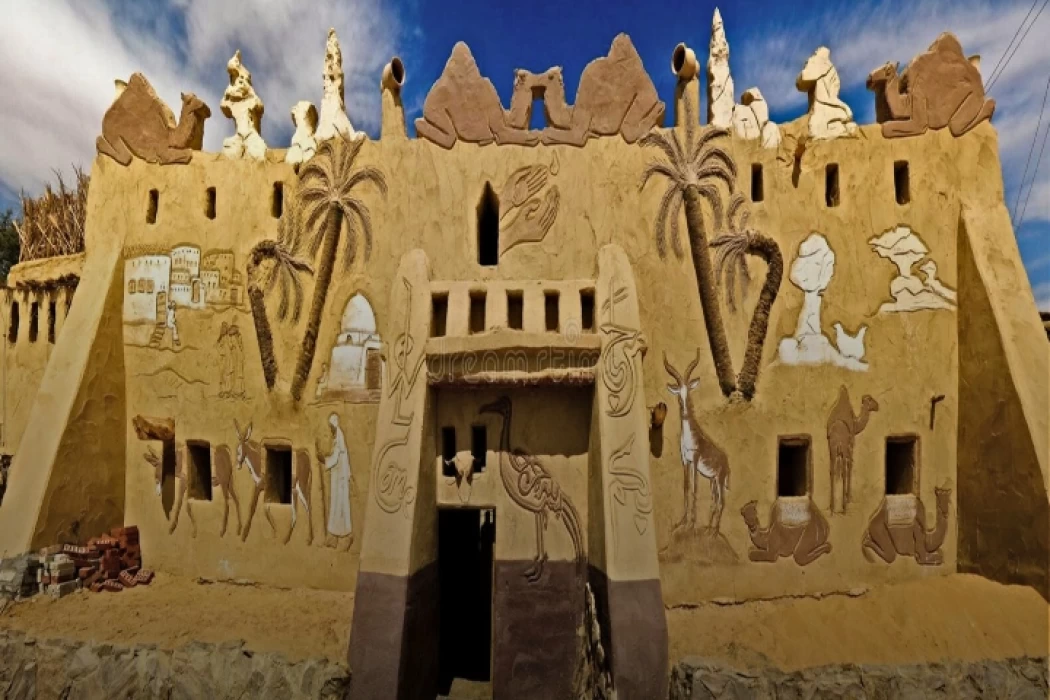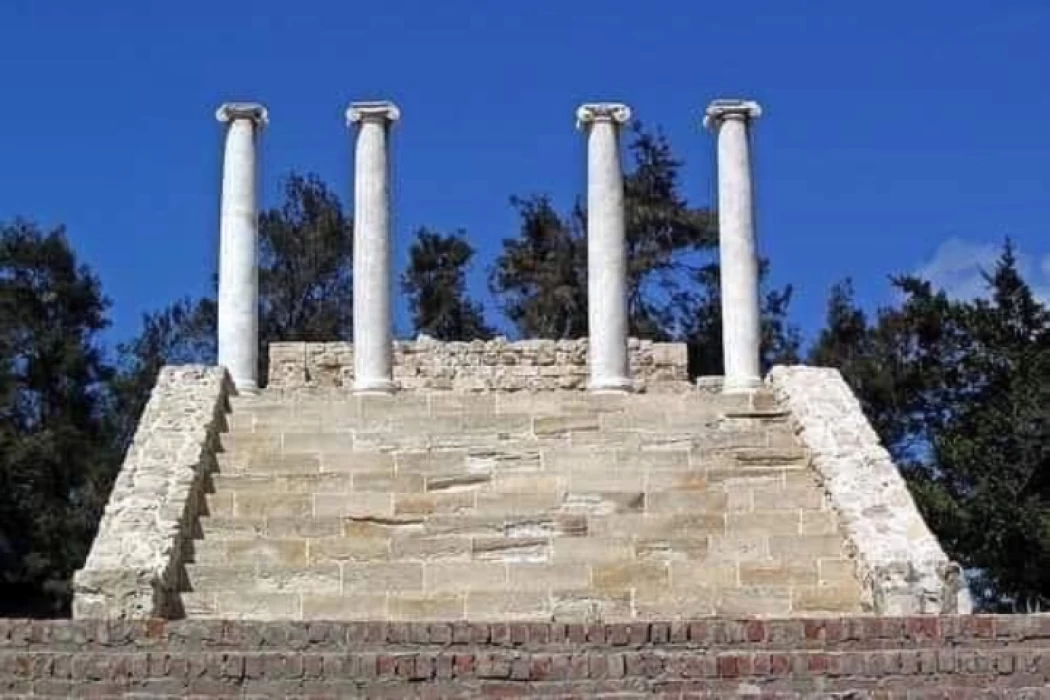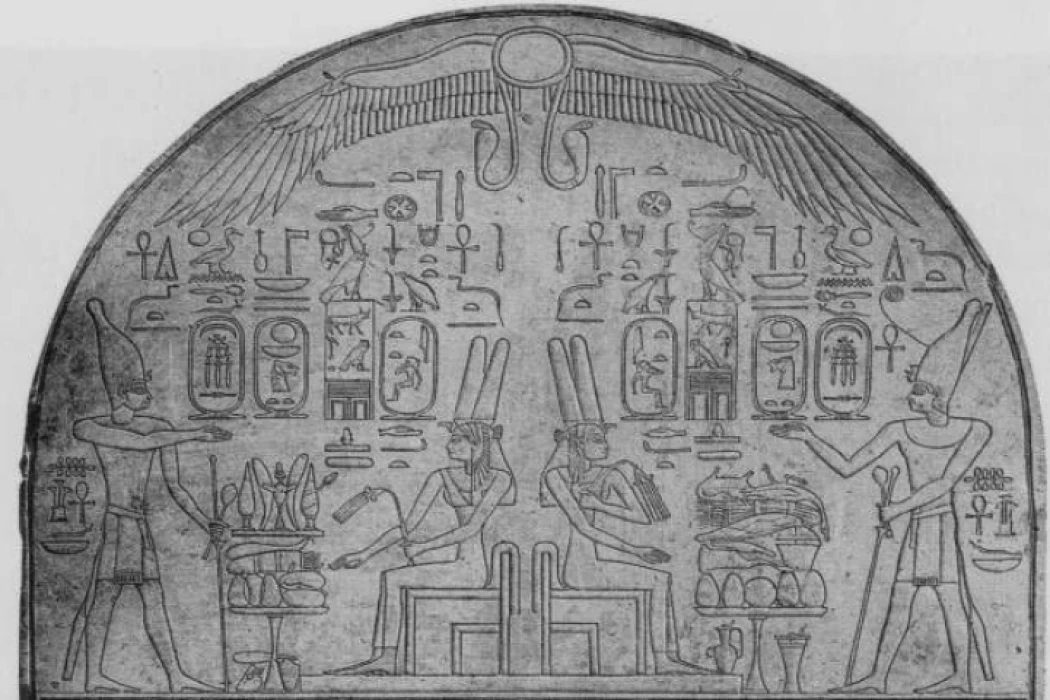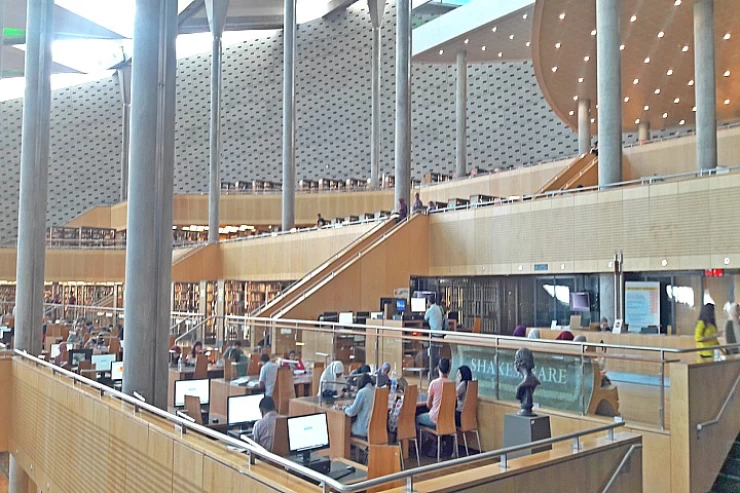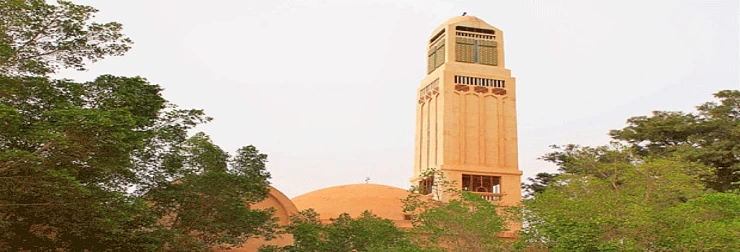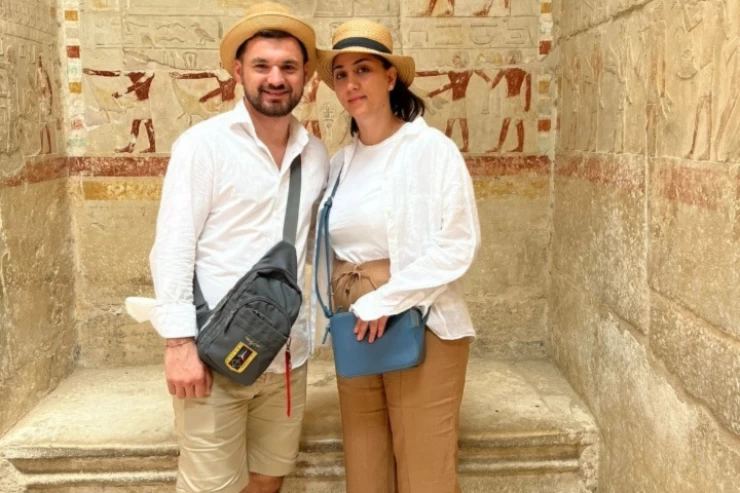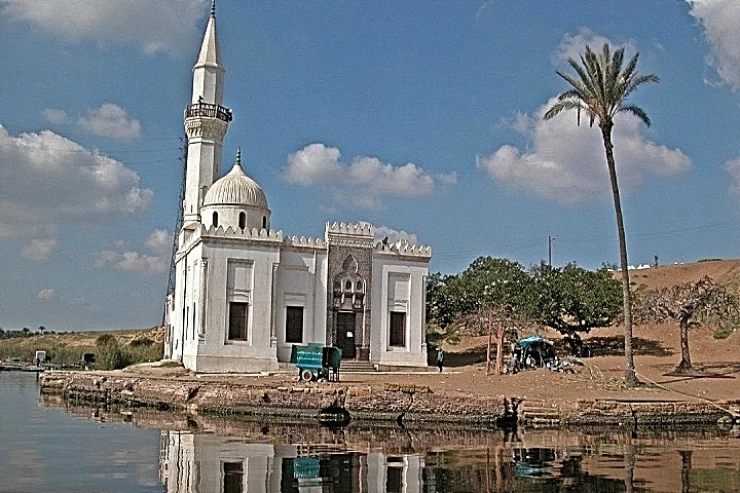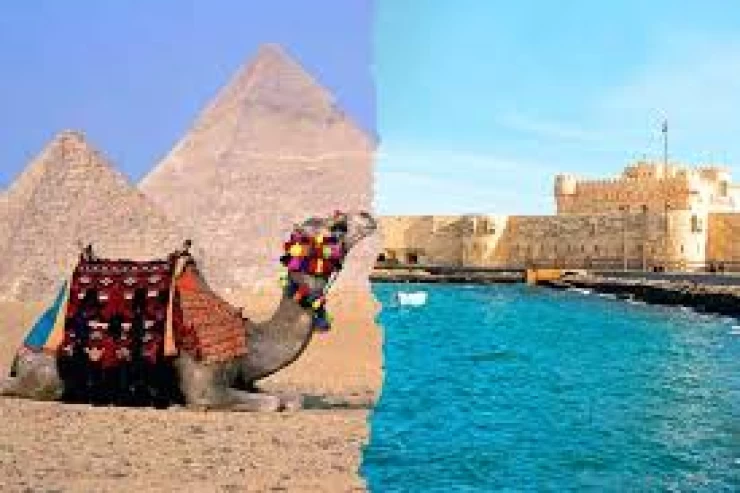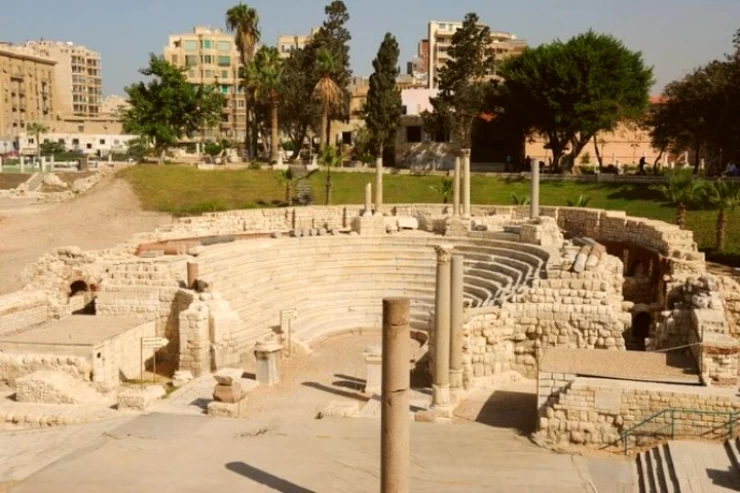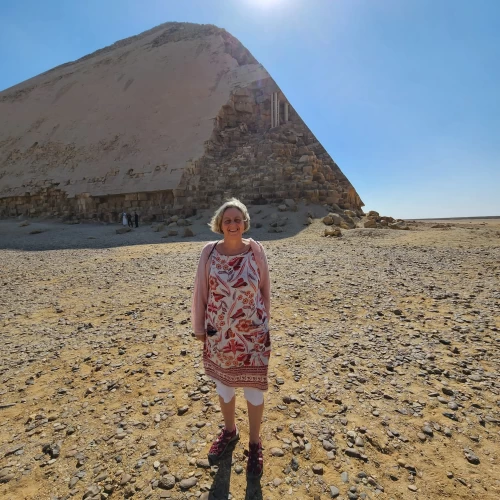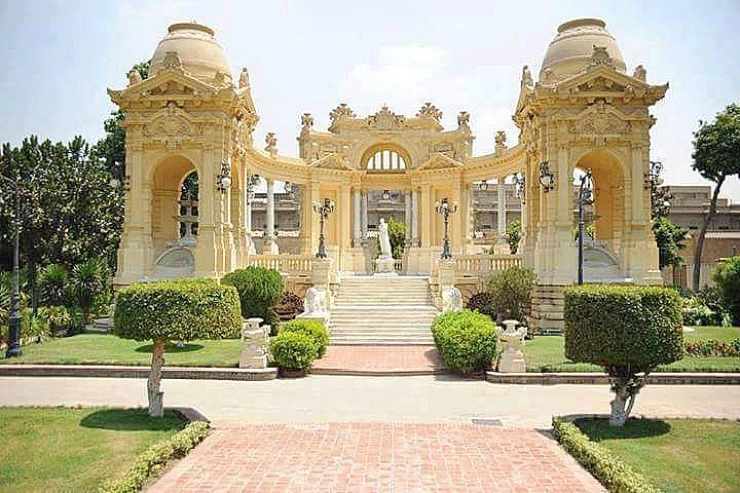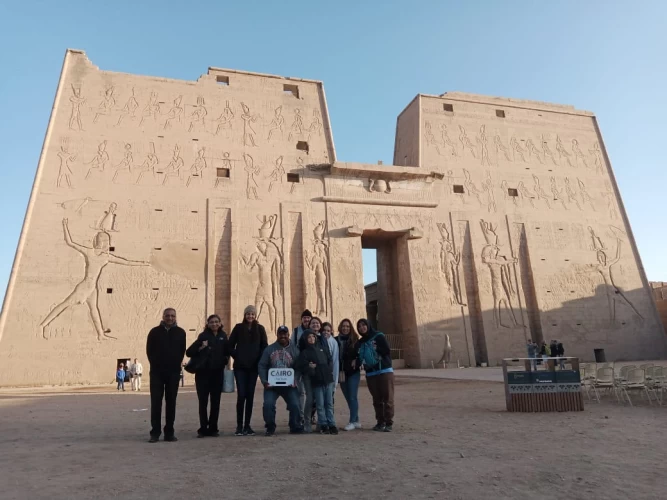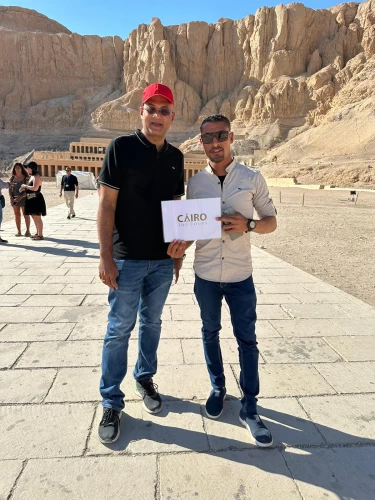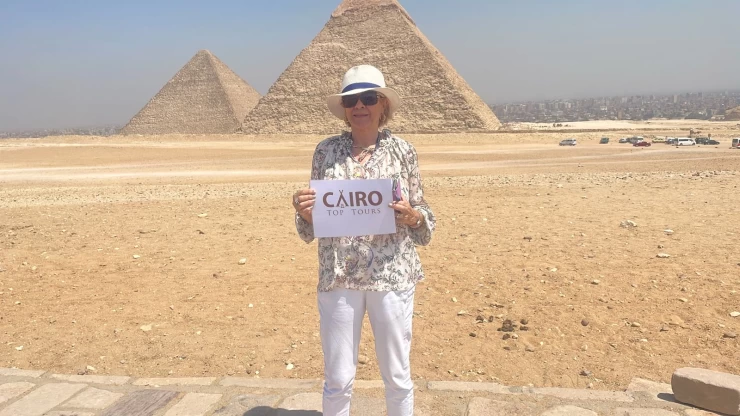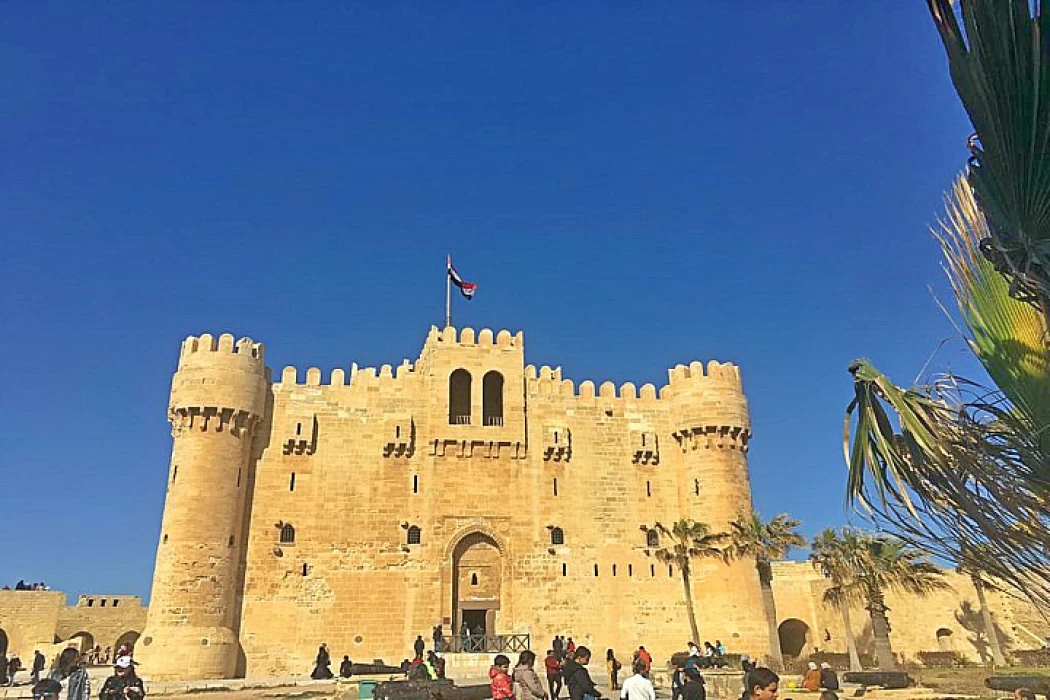
The lighthouse of Alexandria
The lighthouse of Alexandria (in Greek: Φάρος της αλεέάνδρειας) - Pharos of Alexandria-one of the Seven Wonders of the World mentioned by the Greeks, its location was on the tip of the Pharos Peninsula and is the current location of the citadel of Qaitbay in the Egyptian city of Alexandria. Sostratus erected it during the reign of Ptolemy II in 270 BC.It was 120 meters high and was destroyed in an earthquake in 1323.
It is historically established that the lighthouse of Alexandria, which was one of the Seven Wonders of the world, was established in 280 BC.In the era of Ptolemy II, it was built by the Greek architect"sostratos", and its length was one hundred and twenty meters, and some believe that the stones used in the construction of the Qaitbay Castle are from the stones of the destroyed lighthouse, and the location of the castle is the same as the site of the collapsed lighthouse, and"Al-Masudi", in 944 ad, described the lighthouse faithfully, and estimated its height at about 230 cubits. An earthquake occurred in 1303 AD during the reign of Sultan"an-Nasir Muhammad ibn Qalawun", hitting the eastern Mediterranean, destroying Alexandria's forts, walls and Lighthouse.
In his plans," al-maqrizi "described the destruction of the city, and mentioned that the Emir" Rukn al-Din Baybars Al-jashnikir " had the lighthouse restored in 703 Ah. Half a century after the devastating earthquake, Ibn Battuta visited Alexandria, on his second trip, in 1350, and wrote: "and I went to the Lighthouse, when I returned to the Maghreb, and found it had been seized by ruin, so that it could not enter or climb to it; and the" King Nasser", began to build a lighthouse near it, and death prevented him from completing it.
The Egyptian historian "Ibn Eyas" tells that when the Sultan "Ashraf qaytbay" visited Alexandria, in 1477, he ordered that a new tower be built in place of the lighthouse, which was later known as the tower of qaytbay, and then the Tabiya of qaytbay, which still stands today.
The lighthouse consisted of four sections, the first was a square-shaped base, in which many windows open, and with about 300 rooms, equipped for housing the technicians operating the lighthouse and their families. As for the second floor, it was octagonal, the third was circular, and finally the top of the lighthouse comes, where the Lantern, the source of illumination in the lighthouse, rests, topped by a statue of ISIS, the God of the lighthouse, ISIS Faria.
It is funny that the name of the island "Pharos" has become a flag on the term lighthouse, or lighthouse, in European languages, and the word "pharology" is derived from it to denote the science of lighthouses.
Gratian Looper said that the ancient lighthouse was built on a rock that was hit by sea water from everywhere and was rising for several floors, each floor of which was surrounded by a vestibule supported by a row of columns, and at night the tower on top of it lights two flares that the traveler sees 300 kilometers from the sea, but in the daytime the tower had a metal mirror at exorbitant costs.
And no one knew, for sure, how the lighthouse, or the lighthouse, was working, some jurisprudence has appeared, experts and historians have not settled on any of them. There is a description of a huge, ray-breaking mirror at the top of the lighthouse, which made it possible to see the approaching ships, before the naked eye could detect them.
The ancient Arab traveler "Ibn Jubayr" wrote that the light of the lighthouse was seen from 70 miles away, at sea. There is a story that the lighthouse Mirror, which was one of the high-tech achievements of its time, fell and crashed in the year 700 AD, and was not replaced by others, and the lighthouse lost its functional quality since that time, before the earthquake completely destroyed it.
It is said that the ascent to the lighthouse, and the descent from it, was carried out by means of a spiral ramp as for the fuel, it was lifted to the place of the lantern, on the last floor, by means of a hydraulic system. Forster described another way to lift fuel (wood) to the lantern site, and mentioned that a long row of donkeys was in constant motion, not stopping day or night, up and down, through the spiral slope, carrying wood fuel on their backs.
At the opening of the twentieth century, the German archaeologist and architect"Hermann thirsch" presented a model of the lighthouse, in a form akin to a monument, rising as a grandiose thirty-story tower, containing 300 rooms.
The team of archaeological researchers working at the Qaitbay site are seeking to obtain stone blocks belonging to the ruins of the ancient lighthouse.they know that its facade had a memorial plaque carved with huge Greek letters. if they find that plaque, or part of it, make sure for everyone that the huge stone blocks sunken at the site are the ruins of the lighthouse.
, "Jean-Yves emperor" still adheres to his belief that among these sunken ruins are pieces of the lighthouse body, which fell into the water when that huge tower was destroyed, by the earthquake. In order to confirm these possibilities, Jean-Yves is trying to trace all the historical signs and references about the size and shape of that mysterious building, which was mentioned and described in the writings of dozens of ancient Greek, Roman and Arab writers, who recorded strange descriptions of it, but their writings do not heal Galil emperor, for their generality and inaccuracy, and sometimes for contradicting each other.
Latest Articles
Admin
Regin of Abbas I of Egypt | Abbas Pasha I
Abbas has been often described as a mere voluptuary, but Nubar Pasha spoke of him as a true gentleman of the "old school". He was seen as reactionary, morose and taciturn, and spent nearly all his time in his palace. He undid, as far as lay in his power, the works of his grandfather, both good and bad.
Admin
Story of Gabal Shayeb Al Banat - Red Sea Mountain
Jabal shayb al-banat is one of the Red Sea Mountains in the eastern desert in Egypt, located to the west of the city of Hurghada at a latitude of 27 degrees north and a longitude of 33.5 degrees east of the Greenwich line approximately, this mountain is the highest mountain peak in the eastern desert with a height of up to 2185 meters, it is a prominent mass of igneous rocks
Admin
Neper God Of Grain
Neper was the deity of grains, particularly cereals that were important in Ancient Egypt, such as wheat and barley. It was stated that he foretold when the crops would grow, be harvested, and disappear.
Admin
Badr Museum in Farafra
The Badr Museum is located in a mud building, which is the common home found in this medieval part of Egypt. All of the artwork that was created by the artist is quite unique. His work almost always depicts life in the Farafra Oasis and he provides the work through both painting and sculpting.
Admin
The Black Head Temple
The Black Head Temple is a small temple dedicated to the worship of the goddess Isis and was discovered in 1936, by chance, in the Black Head area, which is now located within the Mandara area of the Montazah district in Alexandria. This temple was moved from its original place to the Latin Necropolis in 1994.
Admin
The Queen Tetisheri
Tetisheri was the mother of Seqenenre Tao, Queen Ahhotep I, and possibly Kamose. For sure, she was the mother of Satdjehuty/Satibu, as attested on the rishi coffin of the latter. At Abydos, her grandson King Ahmose I erected a Stela of Queen Tetisheri to announce the construction of a pyramid and a "house" for Tetisheri.
